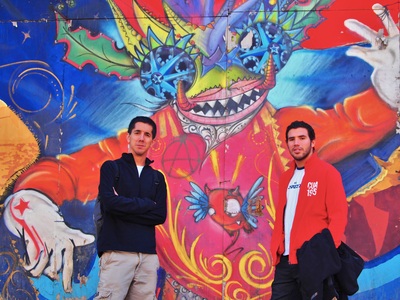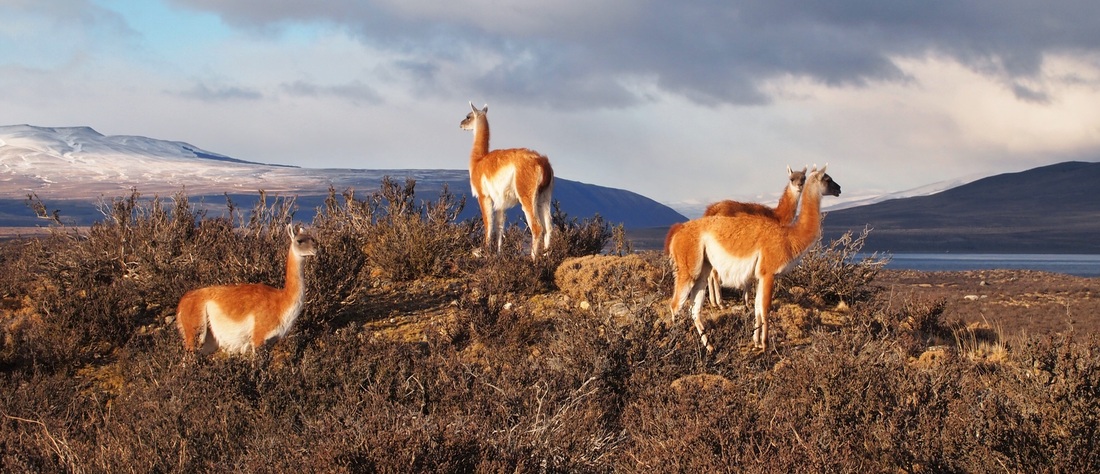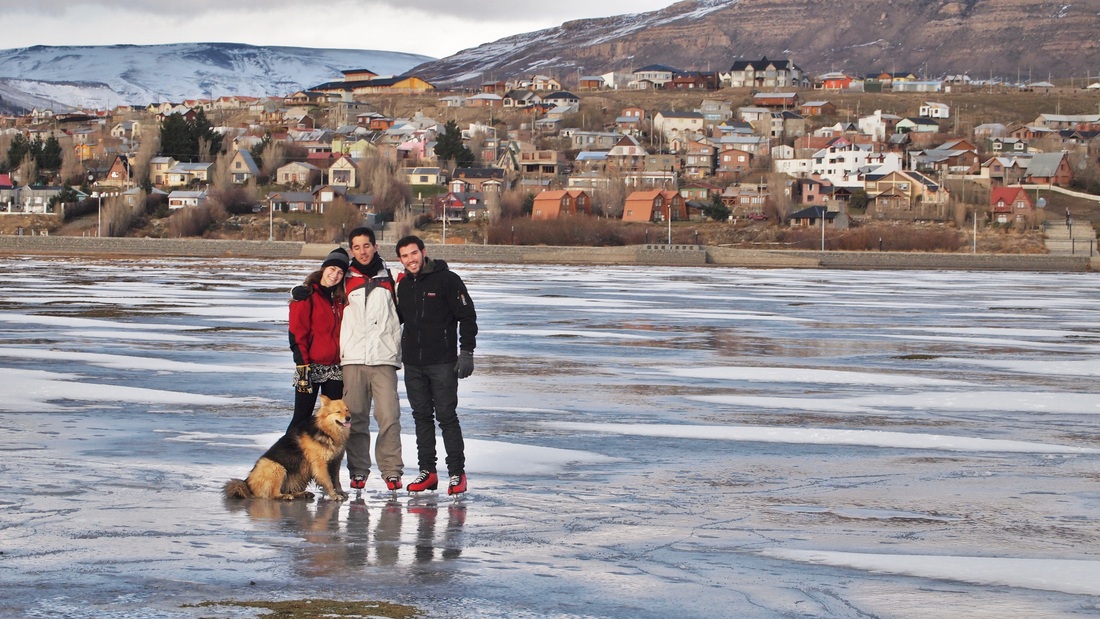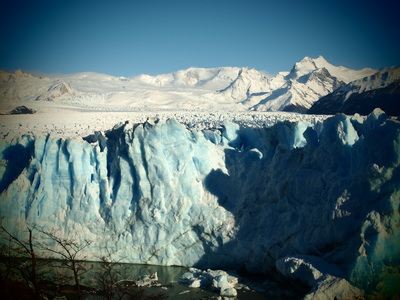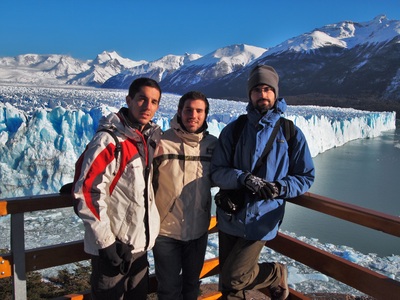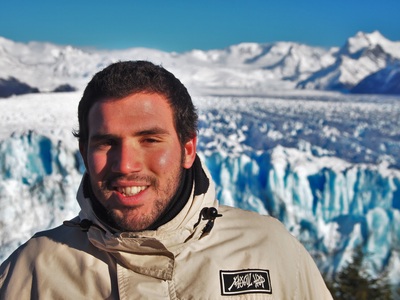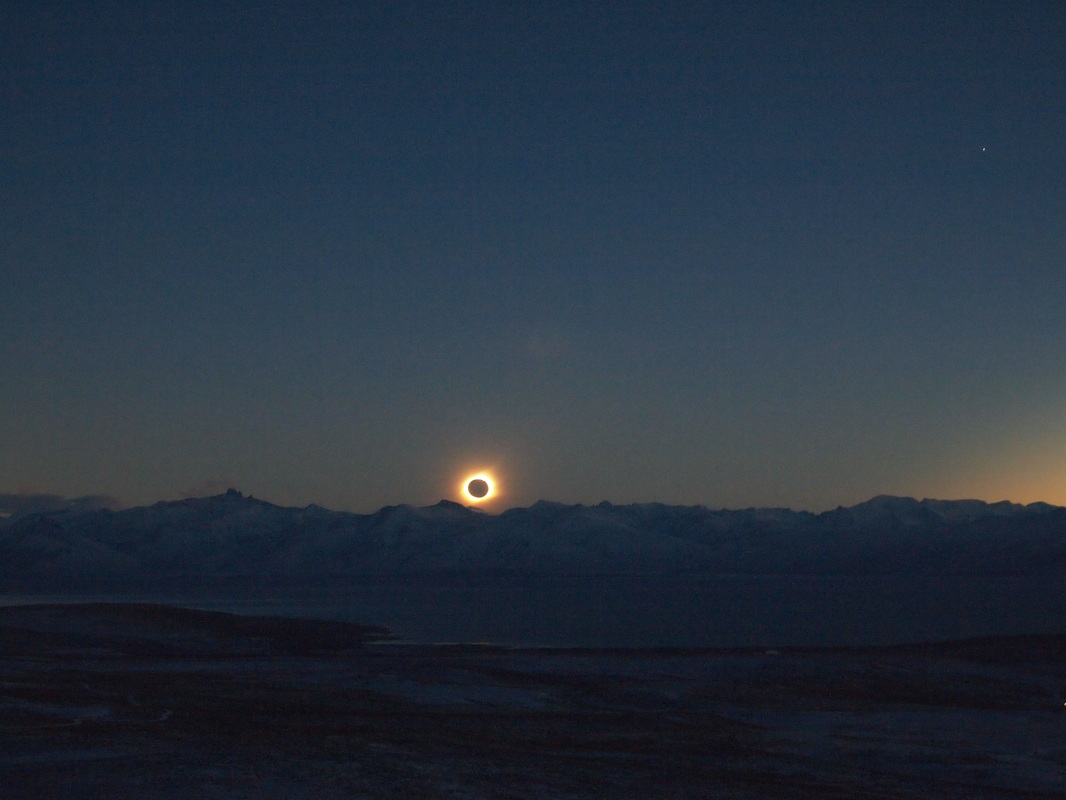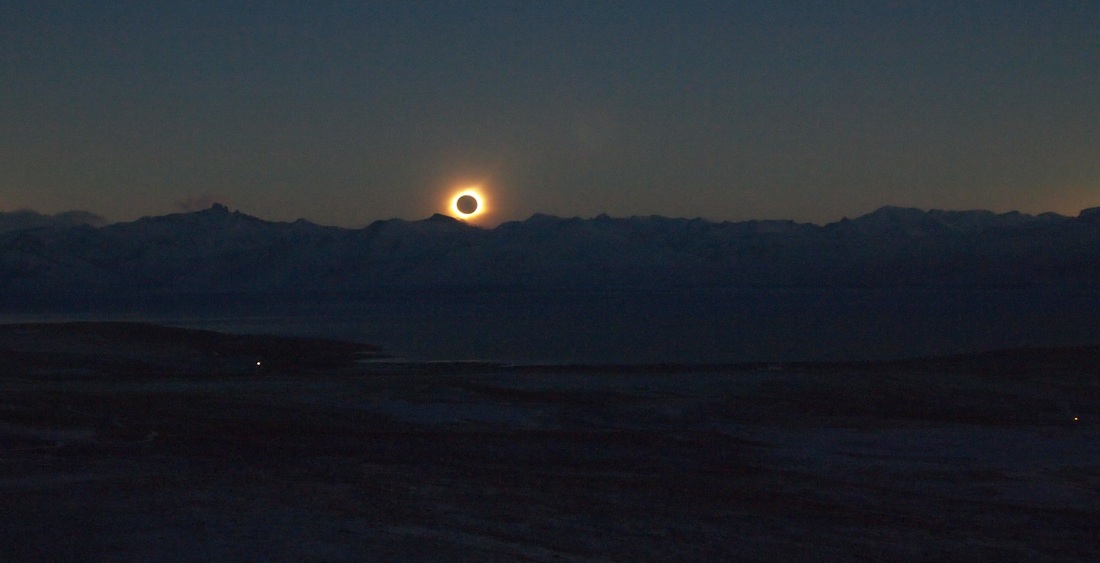|
As you can read in the previous entry, the summer of 2009 I was in China during the total eclipse. However, it was as cloudy as cloudy gets. It was worth it, yet disappointing.
The following year I was planning a summer trip with some of my childhood friends, and we had talked about going to South America for a long time. I could not believe my luck when I noticed there was going to be another solar eclipse precisely there and then! But we knew our chances were bad, quite worse than the previous summer. |

The main reason for this is that the 11th of July is full winter in the sourthenmost tip of South America. And the eclipse path did meet American lands, but just barely before sunset. In fact, we would only be 150 km away from sunset during totality, the Sun a mere 1º over the horizon. And that horizon would be no less than end of the Andes mountain range. (Look for Calafate on the map and compare it with the end of the eclipse path.)

The weather forecast was grim on its own, with an average cloudiness near 80%. The mountains would provide a little shelter to their east, but the situation was far from ideal. It was important to consider that the eclipse would be at the very edge of the horizon. The extra problem with this is that clouds that are harmless directly overhead are thick near the horizon. So even the tiniest amount of clouds would be enough to ruin the show.
But this is a story of success.
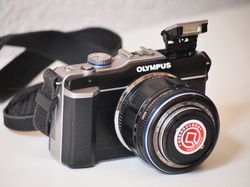
In what follows I will tell you just a little bit about the trip itself, and more about the eclipse day in particular. All of the pictures below were taken with my brand new Olympus EPL-1 with the standard first-generation M.Zuiko Digital ED 14-42 mm f/3.5-5.6 lens. (Notice the poor tele capabilities of the set. With a 2x conversion factor the most I could get was 84 mm in 35 mm-film equivalent.) Given the poor chances with the eclipse I did not even have a tripod! You cannot be much more unprepared to take good eclipse pictures, but some turned out nice! My compliments to the engineers and designers responsible for the auto features of my camera.
Some good advice is to set focus to manual, because this is one of the things your camera will be most confused about during an eclipse, and one that will ruin your picture or video. Even if your camera manages to get the right focus, this will take precious seconds you could use for even more pictures!
Another good idea is to use the exposure-bracketing option of your camera (most of them come with this option). This will take several pictures with different exposure parameters (darker and brighter pictures). This is good because it improves your chances of hitting the right spot, but also because sometimes different exposure values reveal different details in your picture, specially in estrange conditions like an eclipse. You can even combine them later!
Finally, bring a tripod, look for the precise observing spot as soon as possible and maybe set-up two cameras, one for video (press “record” and forget about this one) and another one for pictures. But relax. Other people will take great pictures, but only you can enjoy the eclipse, and that should always be your priority.
|
|
If you are not so interested in the rest of my trip, you may want to take this link to the day of the eclipse.
|
|
Valparaiso is all about colour. It is an important seaport not far from Santiago and one of the biggest cities in Chile. Be sure to walk up the hills of the town, full of amazing street art and magnificent views of the sea. Valparaiso makes a very nice place to walk around in the afternoon.
Santiago the Chile was built by the west side of the Andes, almost touching the mountains. Before leaving the city, we hired a car so that we could take a close up look at the Andes.
|
|
Maps can be misleading about distances. However, I do not think it will be a surprise to say that Chile and Argentina are vast. In order to save some time, we took a plane to Punta Arenas, just north of the Strait of Magellan.
If you should ever have the luck of being around those lands, every Chilean you meet will direct you to Torres del Paine, which they hold as one of the wonders of nature. And it will be worth the visit, even though the weather will often prevent you from admiring the peaks.
The national park is home to countless guanacos and ñandúes among other interesting animals. You can also find an impressive waterfall and the amazing glacier Grey to top the visit.
|
|
And at last, the big day. The eclipse was at sunset, so we had plenty of time to hire a van with some fellows from the United States and visit the impressive Perito Moreno. Even without eclipse this is absolutely worth the long trip. The sky was crystal clear, so I began to have real hopes for the first time, against my strongest will and the fears of my friends, who knew how hard and easy it could be to miss the eclipse at the last minute.
Pictures can be deceiving. Keep in mind that this thing is 60 m (200 feet) high (over the lake, then some below).
|
|
Perito Moreno will make your day all on its own, but we still had plenty to come. For one thing, that afternoon was the final of the 2010 FIFA World Cup. I am not a huge football fan (soccer for those of you in North America), but that was the first time Spain would play a final, and there was a lot of expectation.
|
|
But the eclipse was to take place exactly at the same time! (How could the guys at FIFA don't know about this?) We got to see the first half of the match at the hostel during the initial phase of the eclipse. Totality would be so very close to sunset that the village was too low to see the whole thing. We had arranged for the van to take us to a better spot, but then (yes, then, and not hours before) the driver said that it was too far away and he would not do it. So we had him take us below the hills behind the village.
|
|
There were actually organized observations on top of those hills, but the one for tourists was long booked and the other one was some 100$. Remember that our chances of seeing the eclipse where minimal, so we had not booked that either.
|
|
Then we jumped over a fence and started climbing up. One of the American guys had some problems with his back and they could not keep up with us, so I handed them some of my solar filter (and explained them how to use it, which is pretty straight forward).
After going up a few hundreds of meters Rodrigo's complaints finally made us settle among some rocks. The last minutes of the partial phase went along as we listened to the game on the radio.
|
|
And then, just a couple of minutes before the reaching the mountains, the Sun went black. It was impressive, unlike any other thing I have ever witnessed. One can only imagine the utmost fear and wonder people must have felt before science could explain eclipses.
The planets and brightest stars where evident in the dark sky. Far below, the city lights. Some distance to each side of the Sun you could see the light of sunset while the Sun almost touched the Andes. Only a poet could describe the amazing experience of a total solar eclipse in such a natural paradise of the South.
|
|
And then the Sun burnt again. The light was coming from the bottom of the Sun, and the faintest of clouds over the mountains hid that from us, reminding us just how incredibly lucky we had been. A question of seconds after totality Spain scored the winning goal. We were so awestruck by the eclipse that we did not know who had scored for a very long and tense moment!
This was easily one of the best days in my life. The only downside is that I had promised my friends a free dinner if Spain won the match and we got to see the eclipse. And I would again!
|
|
Now that the eclipse is over I will break the narration to give you a chance to run away. If you would like to read about the rest of our trip, go ahead and click the link below.
Otherwise here you have my customary navigation links:
|







